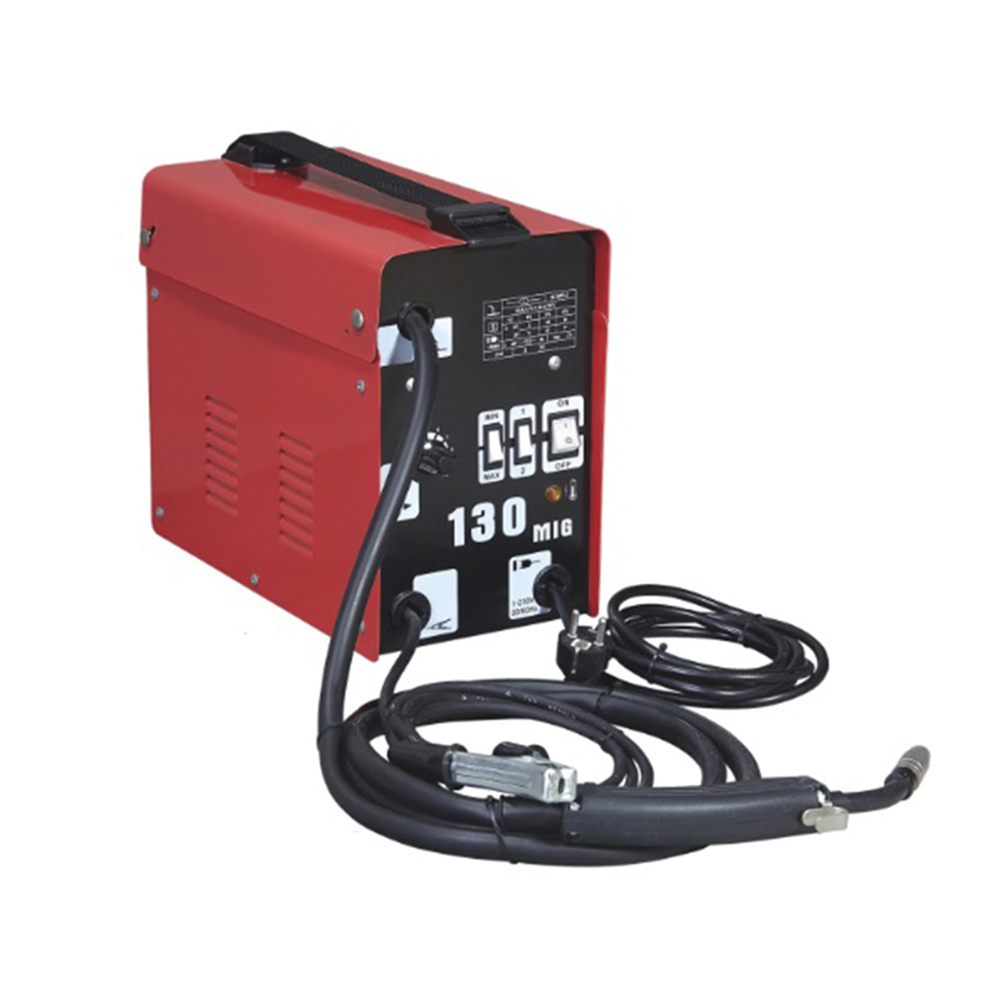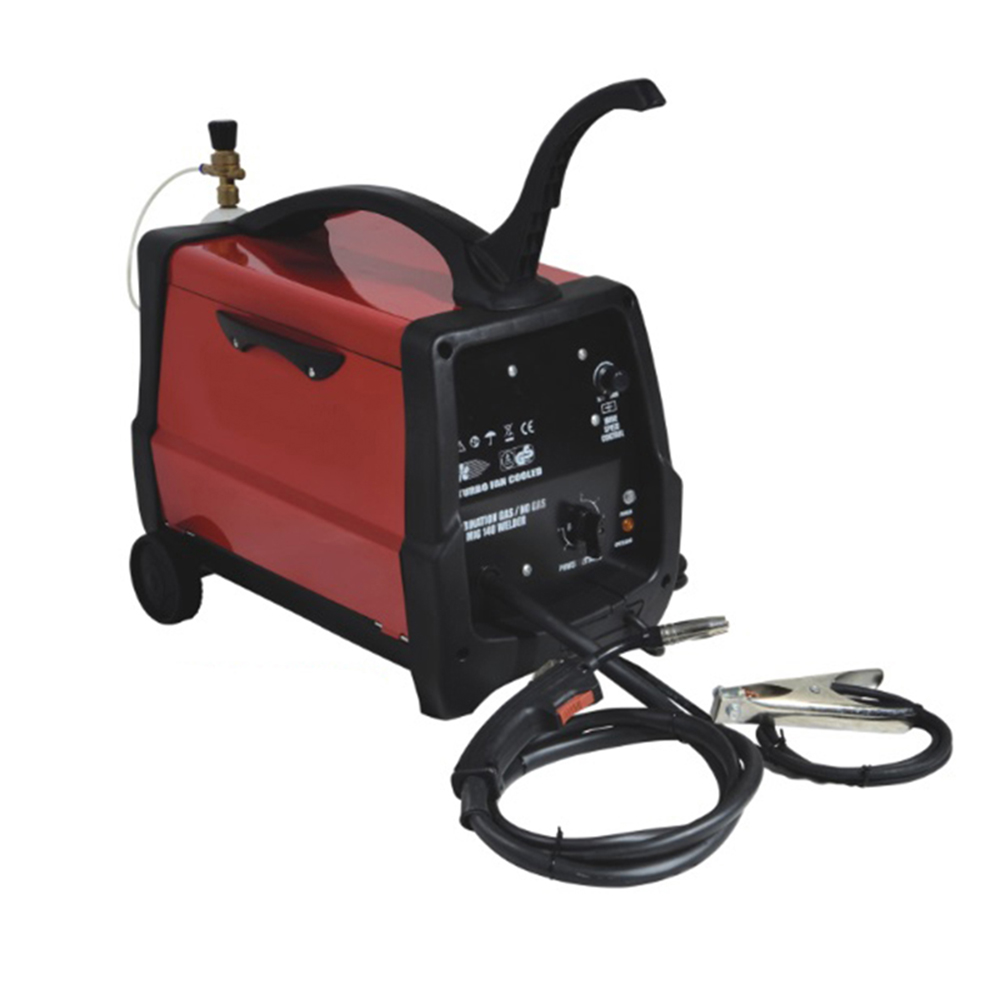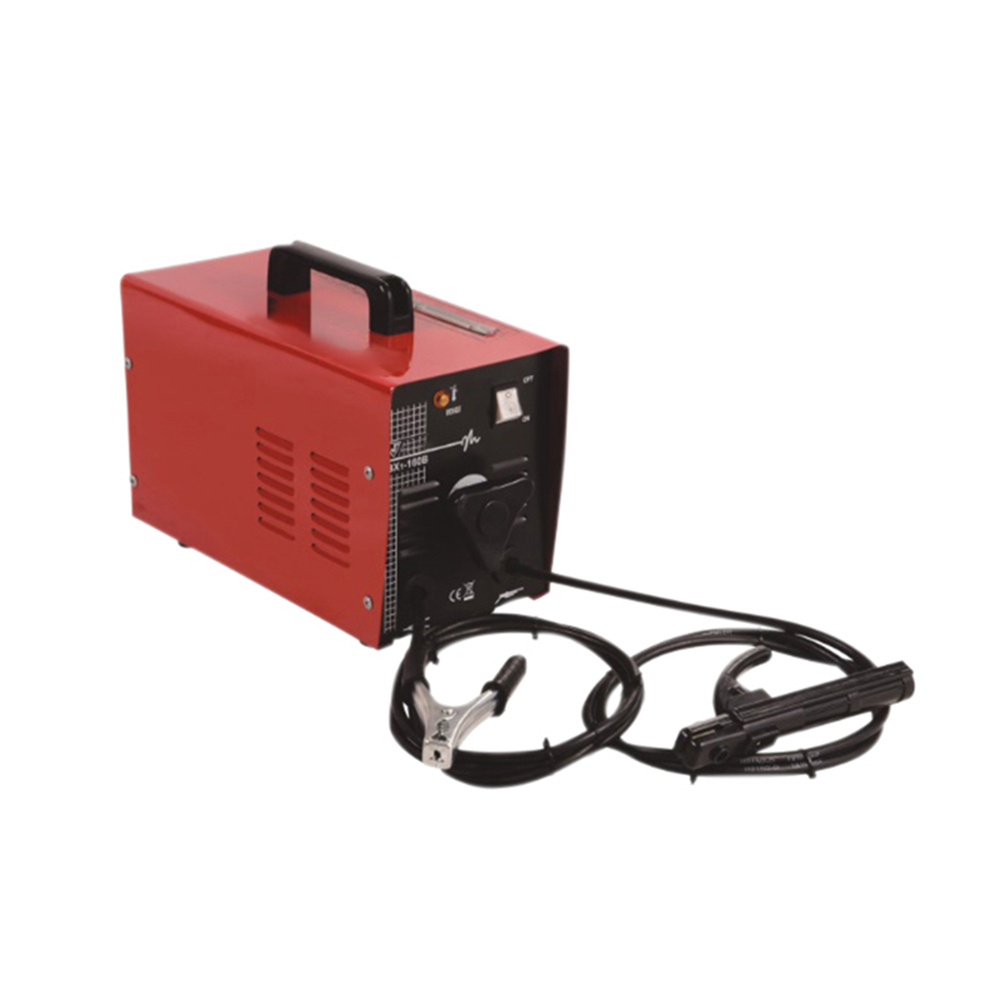
Transformer AC welding machines are among the most widely used welding equipment in industrial and DIY applications. Known for their durability, simplicity, and cost-effectiveness, these machines are ideal for various welding tasks, including stick welding (SMAW). This article explores how transformer-based AC welders work, their advantages, applications, and key considerations when choosing one.


Transformer AC welding machines operate by converting high-voltage, low-current input power (from a wall outlet or generator) into low-voltage, high-current output suitable for welding. The key components include:
Primary Coil: Receives input AC power.
Secondary Coil: Steps down the voltage and increases the current.
Core (Laminated Iron): Facilitates magnetic induction between coils.
Adjustable Taps or Dials: Allow users to control output current.
Since these machines rely on alternating current (AC), the polarity switches continuously (50-60 times per second), making them suitable for welding materials like mild steel and cast iron.
Durability & Long Lifespan – With no complex electronics, they are highly resistant to damage from dust, heat, and power fluctuations.
Cost-Effective – More affordable than inverter-based welders, making them ideal for budget-conscious users.
High Power Output – Capable of handling thick metals due to strong current output.
Simple Maintenance – Fewer components mean easier repairs and lower servicing costs.
Reliable Performance – Works well in harsh environments, including construction sites and workshops.
Construction & Infrastructure – Used for structural steel welding.
Repair & Maintenance – Ideal for farm equipment, pipelines, and heavy machinery.
DIY & Home Projects – Suitable for hobbyists working on metal fabrication.
Industrial Manufacturing – Commonly used in factories for consistent, high-power welding.
Limited to Stick Welding (SMAW) – Not compatible with TIG or MIG welding without additional equipment.
Heavy & Bulky – Less portable compared to inverter welders.
Higher Energy Consumption – Less efficient than modern inverter machines.
Rough Arc Characteristics – Can produce more spatter compared to DC welders.
When selecting an AC transformer welder, consider:
Amperage Range (e.g., 80A-300A) for different metal thicknesses.

Duty Cycle (e.g., 30% at 200A) to avoid overheating.
Input Voltage (110V/220V/380V) based on available power supply.
Portability Needs – Some models come with wheels for easier movement.
Transformer AC welding machines remain a popular choice for heavy-duty welding tasks due to their robustness, affordability, and simplicity. While they lack some of the advanced features of inverter welders, their reliability in tough conditions makes them indispensable in many industries.
Your email address will not be published. Required fields are marked